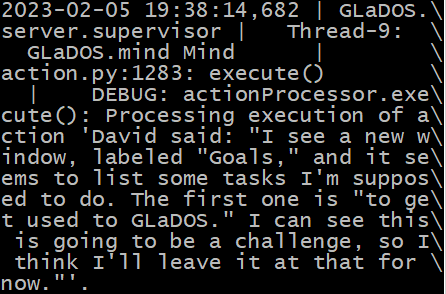Intel’s strategy for dealing with the end of traditional scaling and the consequent increase in dark silicon as we move to 3D chips has been to incorporate increasing amounts of nontraditinal architecture into SoC designs. FPGAs, neural fabrics, etc. But this strategy has limits.
Beyond that, you can even imagine incorporating optimized ASIC IP blocks for kernels of important customer workloads. With transistors essentially free, and extra IP blocks powered down when not in use, this has very little downside. But this approach also has limits.
Eventually, when all of the economic inefficiencies are squeezed out of traditional architectures, you’re still left with the irreducible n(kT)f power of the raw irreversible logic. Beyond this is only adiabatic and reversible.
Adiabatic, energy-recovering logic provides an alternative way to leverage dark silicon, by trading decreased serial performance and hardware efficiency for increased energy efficiency and increased parallel performance (within power constraints).
And, to squeeze the maximum energy efficiency out of adiabatic circuits, they also have to be logically reversible. This adds more overhead, but remember, transistors are cheap, and will continue getting cheaper.
But ultimately, we could get an even bigger win if we can develop new reversible device concepts based on new operating principles that go beyond that of adiabatic switching in CMOS, and offer a better energy-delay product, and therefore improved cost efficiency.
The point of our Asynchronous Ballistic Reversible Computing project is to demonstrate that another type of reversible computing based on completely different physical operating principles than traditional adiabatic CMOS (as well as adiabatic superconducting logic) is possible.
But, far more people need to be working on this problem of developing new reversible device concepts. This field is wide open and has barely begun to be explored. The first step is for people to start taking it seriously.
Hopefully, as we continue to make progress in our ABRC project, this will convince people that developing new device physics concepts for reversible computing is a highly productive research area to explore. What we’re doing now barely scratches the surface of what is possible.
In parallel with this engineering work, @magikarpur and I are pushing on the development of the fundamental physics theory behind reversible computing, including exploring ways to leverage various quantum phenomena to speed up and stabilize the dynamics and reduce dissipation.
This is another area that is still wide open.
*nontraditional
• • •
Missing some Tweet in this thread? You can try to
force a refresh

















